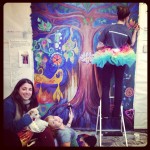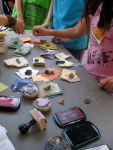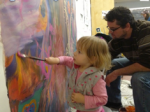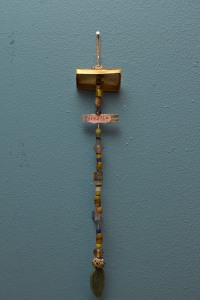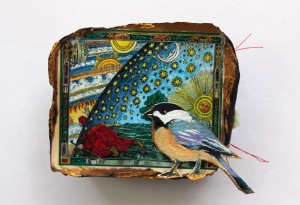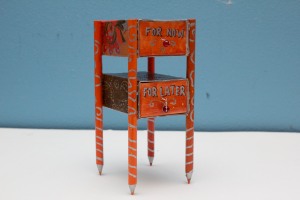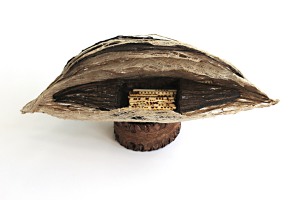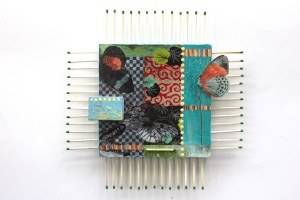“Raising Funds and Raising Awareness – The Work Before the Work”
by Emily Wilson
I am so incredibly excited, and perhaps just now realizing, that we are going to Cambodia to learn, to serve, to share our skills, and to build relationship. That may seem strange, as this blog and project have been going on for over a year, a group of students already went and I had been accepted for this project months ago. But for me, it is just becoming real. So much preparation has been going on; learning about Cambodia and Trauma-Informed Art Therapy®, exploring cultural humility, discussing ethics, getting vaccines, figuring out the schedule logistics and NGOs that we will be partnering with, participating in community awareness events, and raising funds. It is hard to believe that in less than two months, we will be on the plane to Cambodia getting ready to embark on a life changing experience.
So, how do we pay for the plane tickets, the art supplies to bring, the accommodation for students and supervisors while we are there? The answer – A lot of hard work and all of you! I began getting involved with NCAS-I at the beginning of 2012. I helped serve in the role as Project Manger to organize the 2012 Art Auction Gala, then the 2012 Painting Marathon and now this year’s Art Auction Gala. It took a dedicated and tireless body of student volunteers, community members, and faculty and staff to coordinate, and take responsibility for all of the moving parts to create these successful fundraisers. Since the start of this project less than two years ago, we have held over 30 formal 2-4 hours meeting and countless one-off meetings, over 500 individually tracked tasks our control log, enough funds raised to ‘pay it forward’ to sponsor the next year’s trip each year, over 300 volunteers, 250 artists donating matchboxes, and numerous in-kind donations including entertainment, food and drink.
So, why do we do this? Perhaps if each person took the countless hours invested to work a part time job, we could raise the same amount, or even more funds towards the trip. I have three answers for this:
1. It builds community – This year’s trip will be undertaken by a group of ten students and two supervisors. Through our time together and especially our time working hard to create these events, we are building cohesiveness in our group. A sense of community, togetherness, with each member having an active and contributing role helps to describe group cohesiveness (Corey, Corey & Corey, 2010, Yalom & Leszc, 2005). I am learning through our process of hard work that I can count on each person, I am seeing others’ many strengths, and I feel we are creating a bond that will hopefully serve us well as we embark on this adventure.
2. It brings awareness – These events also bring awareness to the community and create an environment for dialogue; about sex trafficking, about international work and cultural humility, about the ethics involved, about working with fair trade organizations and orphanages, about sending collective prayers and wishes for peace. And in addition to the fund-raising events, we participate in many other community awareness events, such as the Longmont Street Festival, at which we talked about this project, and created prayer flags as a symbol for hopes and wishes. NCAS-I members also spoke about their 2012 trip at a community event and spoke at a Naropa Board meeting to bring awareness within the Naropa Community. We participated in CU’s Eye Contact event, which was specifically geared towards the issues of human trafficking. We participated in Art Therapy workshops at BMOCA, a sex trafficking symposium with Transitions, spoke on KGNU, had a feature in Naropa Magazine and the Daily Camera, the Boulder Weekly and more! We are sparking a dialogue and trying to bring a moment for discussion wherever we go.
3. It is FUN! – Each event I participated in and even the work up to the event was FUN! We laugh, we have exciting events, we create together, we eat great food, we express gratitude and it is super fun. Rather than write anymore, I have included these pictures to express my sentiment.
References
Corey C., Corey J., & Corey M. (2010). Groups: Process and practice (8th ed.). Brooks/Cole: Belmont, CA.
Yalom, I & Leszcz, M. (2005). The Theory and practice of group psychotherapy. Basic Books: Cambridge, MA.



